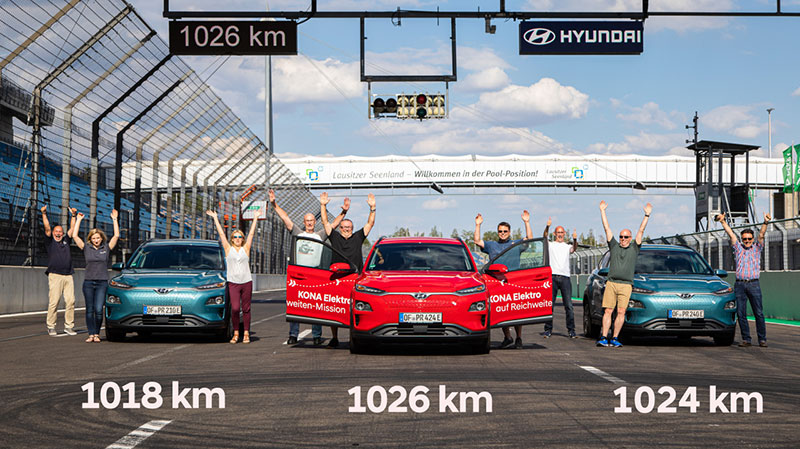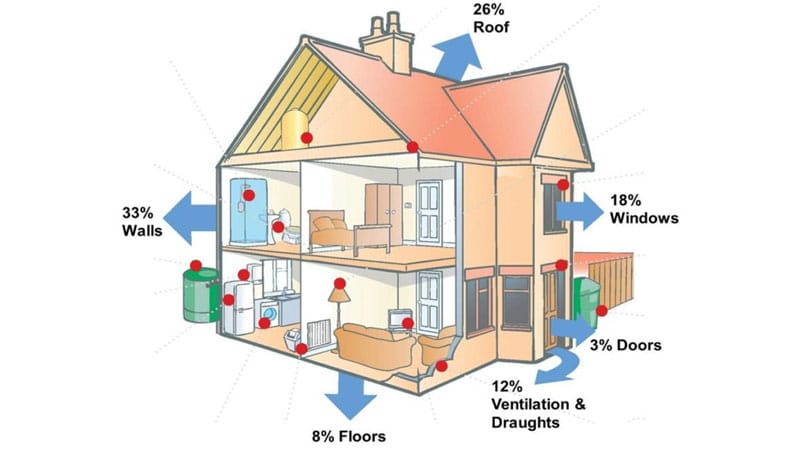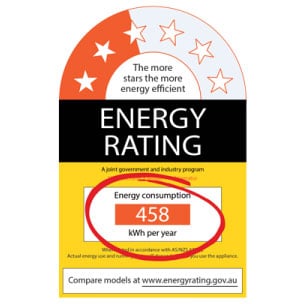The falling price of solar panels, the fact that one can produce their own electricity, and become a net producer of power are the most cited reasons for solar energy’s rise in popularity.
But, the fact that it’s one of, if not the most environmentally friendly energy source is still what’s driving many people to go solar.
We get it. You want to leave a better world than you were born to for your kids.
For that, we need to collectively lower our carbon footprint, which is the amount of carbon being pumped into the atmosphere due to our consumption habits.
But, solar is simply one small step towards that direction. Everything you consume has a carbon footprint, be it a purchase at a supermarket, or even the food you eat.
So, if you really are interested in solar enough to spend several thousand dollars on a solar power system, then we’d reckon you’d also be interested in knowing more about how to lower your carbon footprint. Here are a few ideas to try out.
What is Carbon Footprint
Carbon footprint is defined as the total amount of Greenhouse Gas (GHG) emitted into the atmosphere due to the actions of individual persons, organizations or even countries.
GHGs include carbon dioxide, carbon monoxide, nitrogen oxide, hydrofluorocarbons, sulphur hexafluoride and methane and is expressed in tonnes. Everytime a car is turned on, goods are produced in a factory, or land is cleared for agriculture, the carbon footprint goes up.
Obviously, electricity used by homes has a massive impact on both your personal and community’s carbon footprint. This is so because the electricity is being produced by either coal or natural gas fired power plants.
By adopting a solar power system, you’re reducing your reliance on fossil fuel based power plants and are thus minimising carbon emissions.
Unfortunately, figuring out your carbon footprint is hard since it requires knowing everything you consume and where it came from. Even so, you can use a carbon footprint calculator to get a rudimentary understanding of how much impact you’re having on the environment.
How Can You Reduce Your Carbon Footprint
While installing a solar power system on your home itself will help, you’d be surprised at what a massive impact even simple lifestyle changes can have.
Travel Less
Vehicles are one of the biggest contributors to carbon emissions. So, your commute to work, grocery-runs, and even general leisure travelling are all making your carbon footprint larger.
For starters, consider discussing the possibility of remote working with your employers. Most jobs don’t require your presence at an office every day. And, many people find their productivity increasing when they work from home.
You can also reduce the number of trips to a supermarket by planning out your grocery shopping in advance. Get a better understanding of what your family consumes and in what quantity. Next, assign a day to go pick everything up in one go. It will also help if you take a bit of buffer stock to make sure there are no surprises waiting in the fridge!
Switch to Electric Vehicles or Hybrids
You can reduce your carbon footprint even further by switching over to an electric vehicle (EVs) or a hybrid vehicle. EVs have come off age and offer fairly decent ranges per charge today.
For example, the Hyundai Kona Electric recently set a record of driving 1,026 Km on a single charge (although that’s not its advertised range, which is around 450 km). At this rate, it’s per kWh range would be 16 km although 4-7 km/kWh is standard.
Most EVs today offer a similar mileage and can travel 250-500 km per charge which is sufficient for short jaunts, work-commuting or city driving.

The price of electricity in Australia is between 25 and 40 cents per kWh, while petrol and diesel cost $1.478 and $1.068 per liter respectively. Since regular fuel-based vehicles offer realistic in-city mileages of 12- 20 km/liter, EVs are already giving them a run for their money!
If you were to go solar, then your commutes would also become free. Not to mention, the EV can double up as a huge battery backup system to keep your home powered during cloudy seasons or natural disasters.
Track Your Energy Usage
Keeping your energy usage down is not only going to bring down your carbon footprint, but also leave you with more electricity to sell to the grid should you get a solar power system.
While you can certainly go around the house, seeing whether all the appliances, lights and ACs are off or not, you can make your life a lot simpler by installing a smart home energy monitoring system.
A solar analytics system can be used in tandem with your solar PV system which will not only tell you whether panels are performing well, but how your house uses electricity, too.

Energy analytics have become an important part of the modern home since gone are the days when all families had were a few lights, fans and a fridge.
Since the average Australian home uses around 18 kWh of electricity every day, a smart power monitoring system is crucial to understand where all that power is being spent.
Insulate Your Home
Home heating and cooling accounts for 11% of all residential greenhouse gas emissions in Australia. Suffice to say, there’s plenty of potential for lowering your carbon footprint there. Insulating your home is one way to bring down your heating and cooling costs, sometimes by as much as 30%-40%.

Insulation is done by adding bulk or tin-foil to your home’s walls, floor and ceiling to trap the heat or cold inside the building. However, insulating a building is not cheap since it requires significant renovation. Most estimates for a 3 bedroom house are between $2,500 to $4,500.
Like solar, home insulation is a long term investment as it will gradually reduce your energy bill and carbon footprint over time. If the price in your area is too high, then you can move one room at a time.
Buy Energy Saving Appliances
The appliances in your home are what use power. And, some appliances are built better than others. While a product’s brand, price and warranty, are the most used variables in a shopping decision, the energy rating shouldn’t be overlooked.
Appliances account for around 30% of a home’s electricity usage. So, inefficient devices not only increase your carbon footprint, but boil your savings away too.
Energy efficiency ratings are given on a 1-6 star-based system. Basically, the more stars a product has, the more efficient it is. All products show their energy rating somewhere on the packaging and the body and look like:

You can also use the approved energy rated appliances list provided by the government to find better products.
We Can Help You Out Here
As Australia’s premier solar search engine, we at bidmysolar™ are committed to a more sustainable lifestyle and will be thrilled to help you do the same. While our process is dedicated to helping our customers find the most efficient solar solutions for their homes and businesses, we will also be thrilled to help you reduce your carbon footprint.
Contact us if you have any questions, or check out how our process works.





